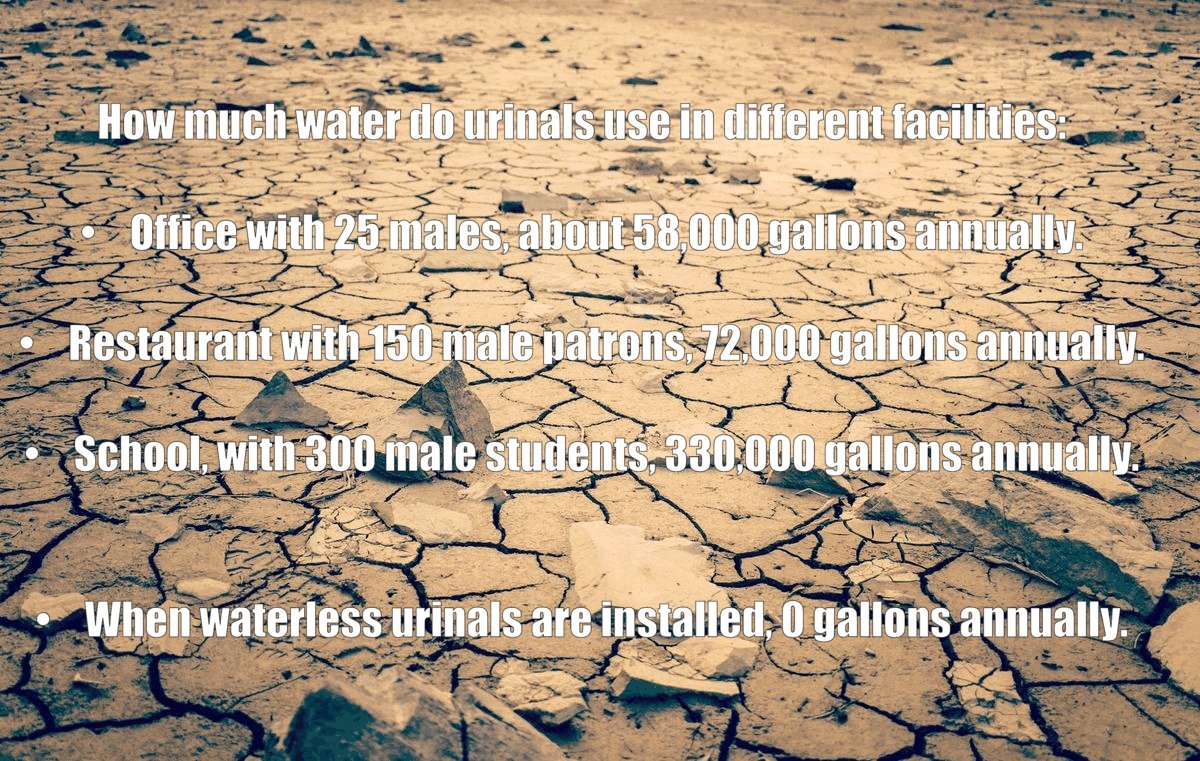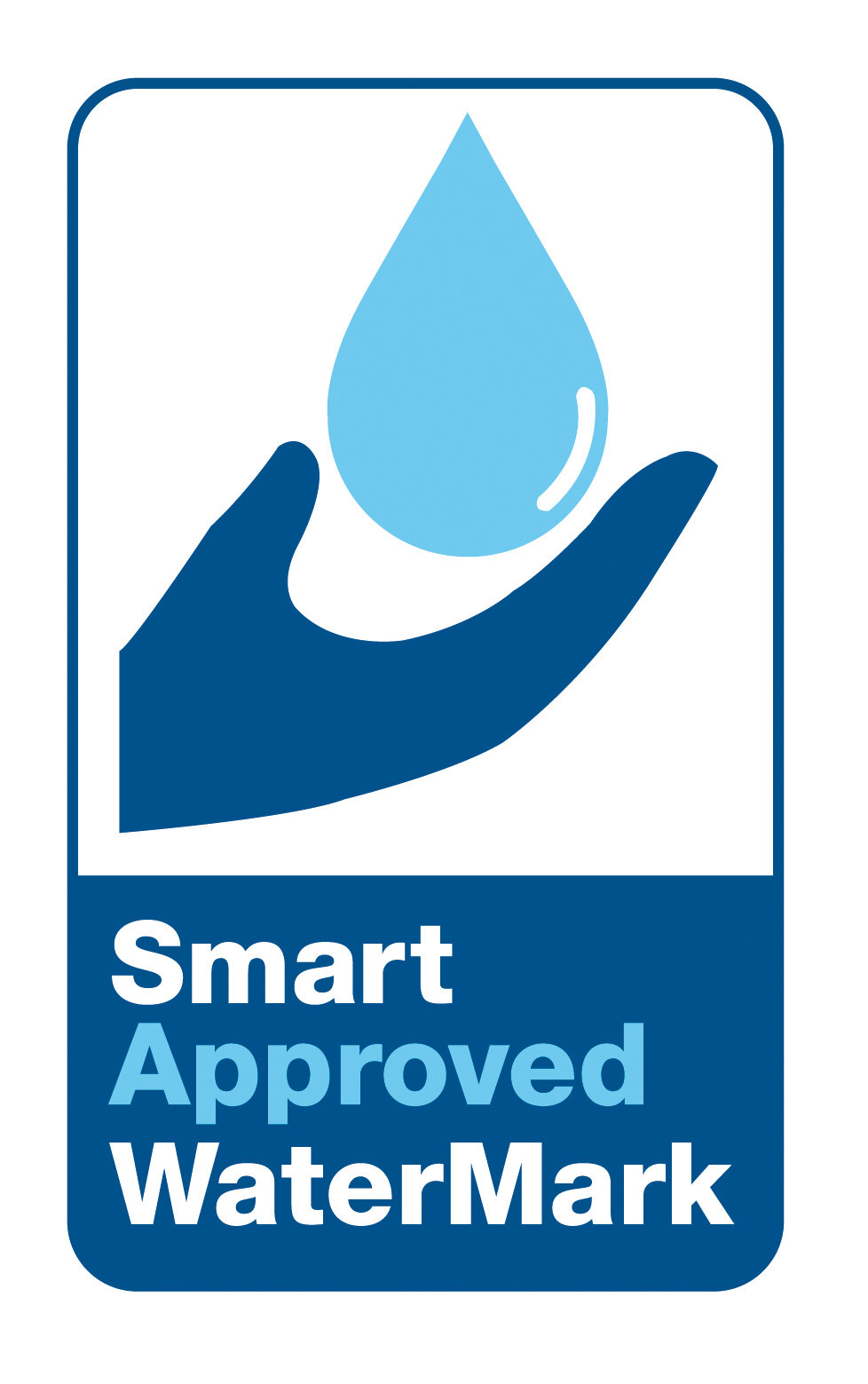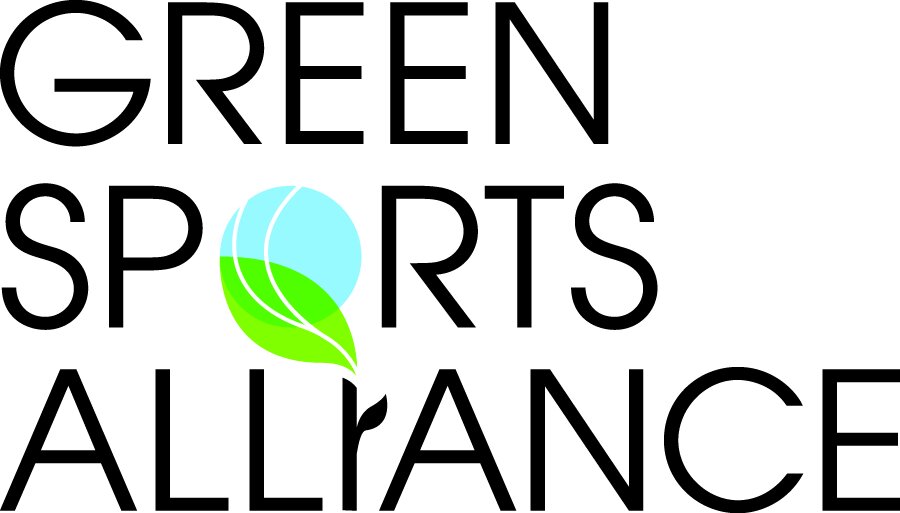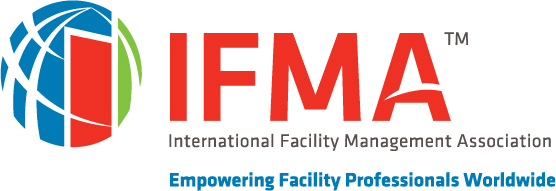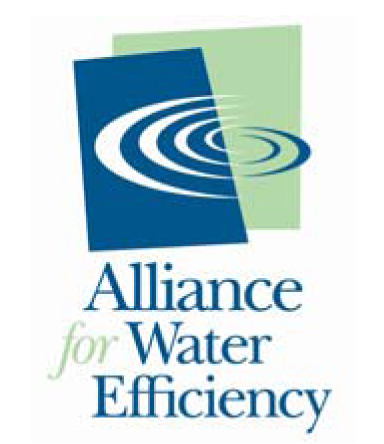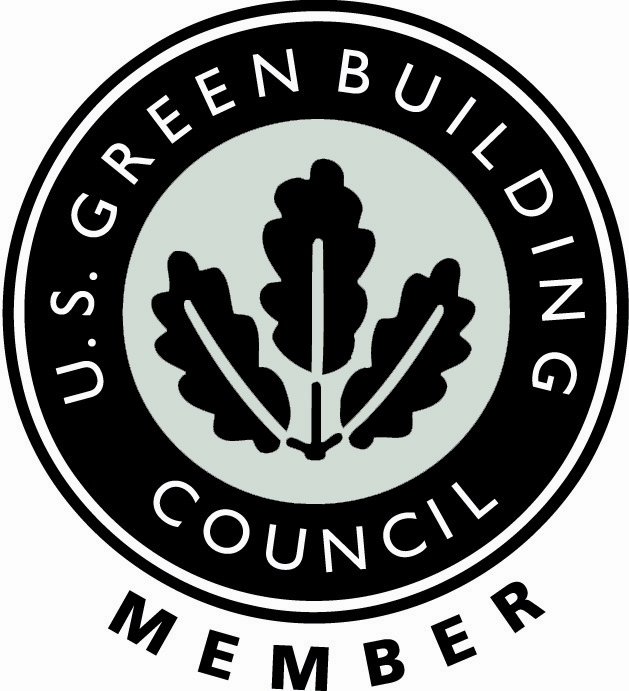This article was first published in CMM
When it comes to restroom care protocols, the focus is invariably on the cleanliness and appearance of restroom fixtures, floors, walls, counters, and mirrors. However, cleaning
professionals should know there is one especially critical area that is often overlooked in the cleaning process—drains, specifically floor drains.
Escaped sewer odors
Problems with drains date back to the introduction of commercial and residential plumbing. An article published in the June 1877 issue of London’s Journal of the Society of Art discusses how in 1852, “an alarming outbreak of fever took place in Croydon (a section of London) on the introduction of a [sewage] system…the chief cause of the outbreak was the escape of infected air from the sewers into house(s) and the inhalation by persons susceptible to the disease.” The article goes on to say, “the house drains and soil pipes are uninterrupted.”
Uninterrupted meant there were no U-traps installed, or, if there were, they had dried up. Working properly, U-traps would have prevented the escape of sewer odors, likely preventing the fever.
Fumes from the vents
Let’s jump ahead to modern day to examine another incident that shows us why proper drain care is essential. In December 2016, a gastrointestinal outbreak was reported among 154 diners attending a Christmas buffet in Finland. Researchers tested food, water, ice, and air ventilation systems in the restaurant, looking for indicators of the outbreak’s cause. They found that three ice cube machines had high levels of bacteria. The investigators concluded a faulty air ventilation valve where the ice cube machines were located was a likely cause of this outbreak and that leaking air ventilation valves may represent a neglected transmission route in viral gastrointestinal outbreaks.
But there’s more. The air ventilation systems were releasing fumes because the U-traps where the ice machines were located were not working properly. The researchers said that this release of fumes was “similar to what caused the outbreak of SARS,” which we will discuss next. They stated:
“We have noticed that drains have been largely neglected in routine inspections and that leaking U-traps (those that are not working correctly) are a common feature in so-called high hygiene areas of food processing facilities.”
In other words, proper drain care is necessary to protect human health, not only in restrooms but also in commercial kitchens and food processing areas.
Drainpipe sewage
Now let’s review the 2003 severe acute respiratory syndrome (SARS) outbreak in Hong Kong to help us understand just how vital drain maintenance is to the health of building occupants.
SARS was first detected in Hong Kong in March 2003. Within a brief period, medical authorities identified 1,750 cases, and 286 people died of the respiratory disease. From March onward, authorities in other countries also identified cases of SARS, including at least two cases in Canada.
After the cases subsided, health inspectors set out to find out what caused the outbreak. While the inspectors initially thought people caught SARS by touching contaminated surfaces, the real culprit turned out to be drains, and more specifically, floor drains.
The researchers collected effluent in the drainpipes—referred to as soil stacks—from all floors of a Hong Kong apartment building. They inspected U-shaped traps in all the bathroom floor drains, installed to prevent odors and insects from escaping from the drains.
One key investigation published in the Journal of the Royal Society of Medicine in August 2003 reported:
“The U-traps (in the bathrooms) must contain water (to operate correctly). Because most households were in the habit of cleaning the bathroom floor by mopping rather than flushing with water, the U-traps connected to most floor drains were dry and not functioning properly.”
Researchers found the SARS pathogen in the drain sewage. They determined the dry U-traps allowed fumes from the sewage to be released into the bathrooms through the floor drains. Apartment residents in certain sections of the complex contracted SARS when they inhaled the fumes.
Proper care for floor drains
Now that we are aware of why proper drain care is so important, we need to discuss how to accomplish it. But before we do, let’s discuss what not to do:
· Do not ignore restroom odors. When odors develop in a restroom, facility managers and cleaning professionals often decide the best solutions are to ventilate the room and perhaps add air purifying systems. While ventilation helps and air purifiers may cover the odors, the problem of sewer odors coming from floor drains remains. Gases entering the restroom, such as hydrogen sulfide, ammonia, carbon dioxide, methane, and nitrogen, can be harmful if inhaled in large quantities.
· Do not pour bleach down drains. Bleach is a powerful solution that can react with other chemicals and substances, including the gases mentioned above, releasing even more harmful fumes. While the bleach may kill bacteria, it can also damage pipes. Further, it is not an environmentally friendly option.
With what not to do out of the way, here are some steps to eliminate drain odors:
· Check plumbing vents. All residential and commercial facilities have plumbing vents. Known as a vent stack, these vents regulate air pressure, allow fresh air into the plumbing system, and release foul air. However, these vents can become clogged. When this happens, offensive and unhealthy odors are released into
restrooms. Your plumber can help address this.
· Check under the floor. Leaks in the drainage pipe allow soiled moisture to build up under the facility, such as in a basement. The resulting bacterial growth releases odors into
the restroom.
· Keep your U-trap wet. We discussed earlier what can happen when a U-trap is dry. Pouring water down all floor drains every two weeks can prevent this. However, in most cases, this is a temporary fix. The trap will likely become dry again very soon. A better option is to use EverPrime. Mixed with water, EverPrime maintains a liquid seal in the U-trap that can last for months.
· Call a plumber. If the odor persists after you take the steps above, it is probably the result of something more serious such as a damaged pipe. Drainpipes can crack due to weather extremes, tree roots, building settling, corrosion, poor design, and age. A damaged drainpipe can become blocked, preventing the sewage from being carried away to the sewer line and causing fumes to release into restrooms. Hire a licensed plumber to repair a damaged pipe or vent.
Although drains are not the most visible indicator of a clean restroom, it’s impossible to have an effective restroom care program without proper drain care. When lacking proper attention, drains
can release foul odors that are not only unpleasant but that also pose serious health risks for building users. Don’t forget the drains.
Klaus Reichardt is CEO and founder of Waterless Co, Inc, pioneers in advancing water efficiency. Reichardt founded the company in 1991 with the goal of establishing a new market segment in the plumbing fixture industry with water efficiency in mind. Reichardt is a frequent writer and presenter, discussing water conservation issues. He can be reached at klaus@waterless.com
What is a U-Trap?
A U-trap, also called a U-pipe, is shaped like the letter u. It is found under the sink of virtually all drains. It is designed to hold water, which prevents odors from being released into a restroom.







